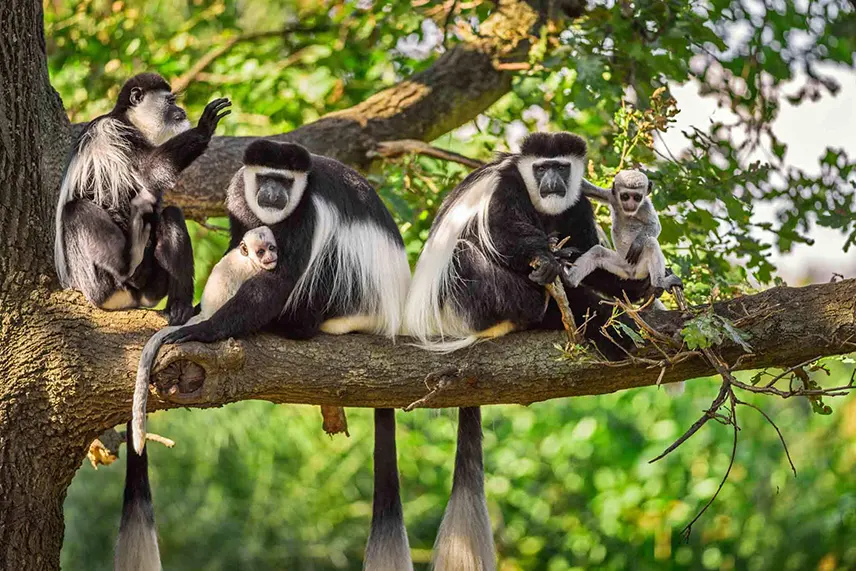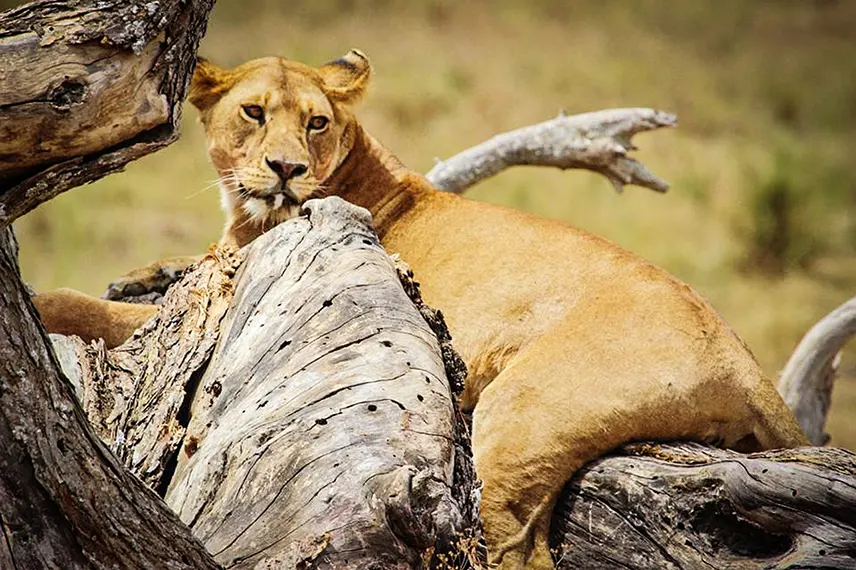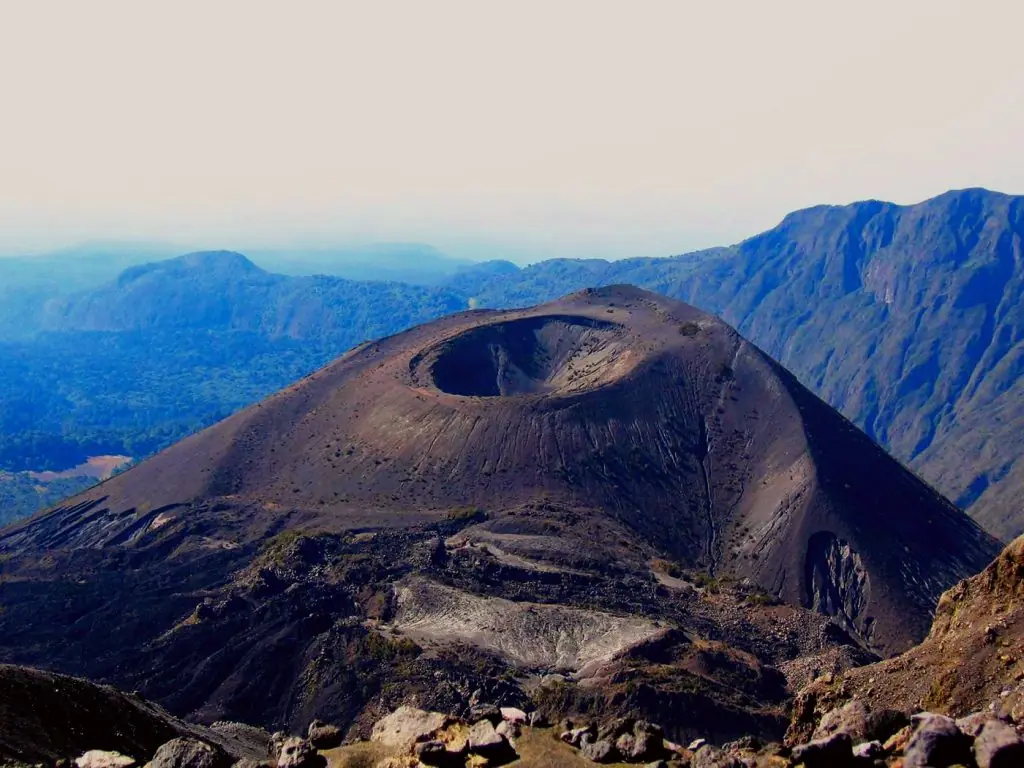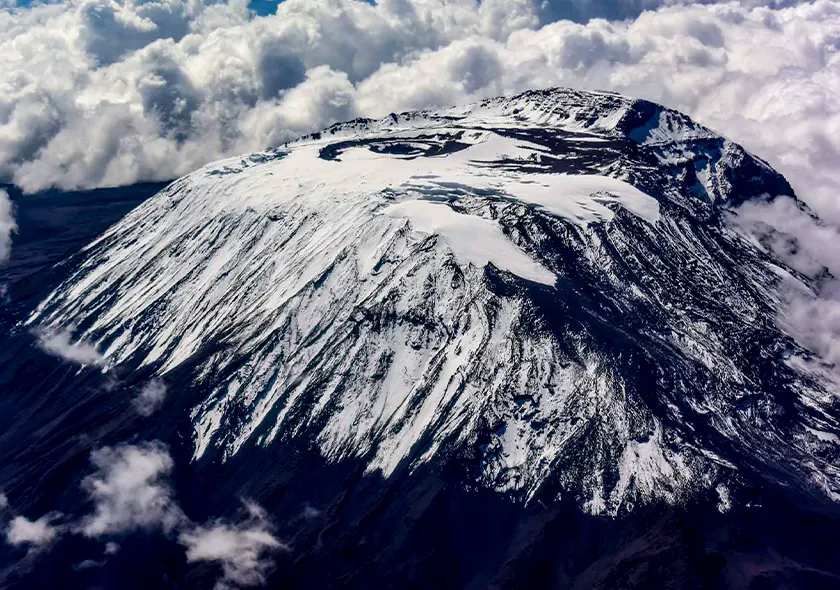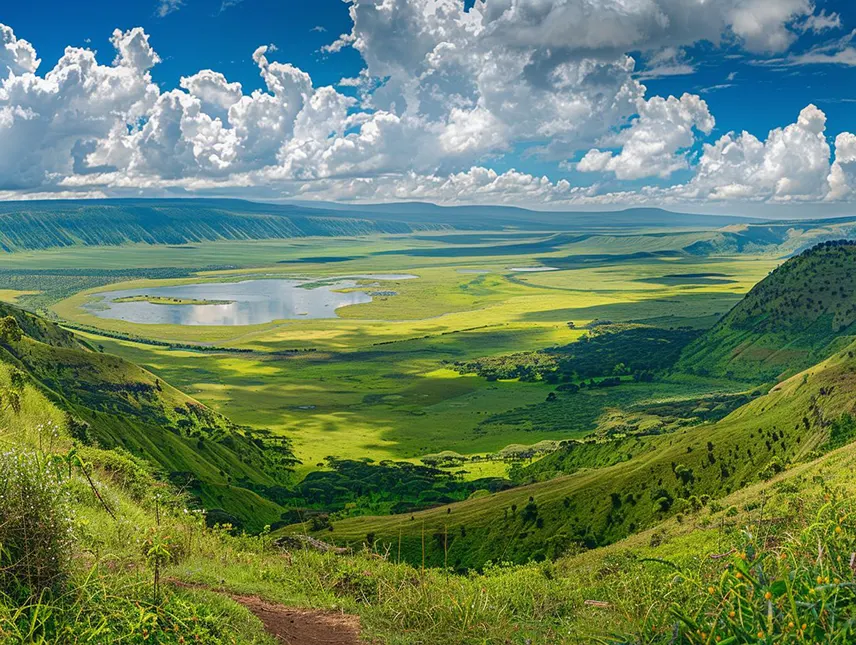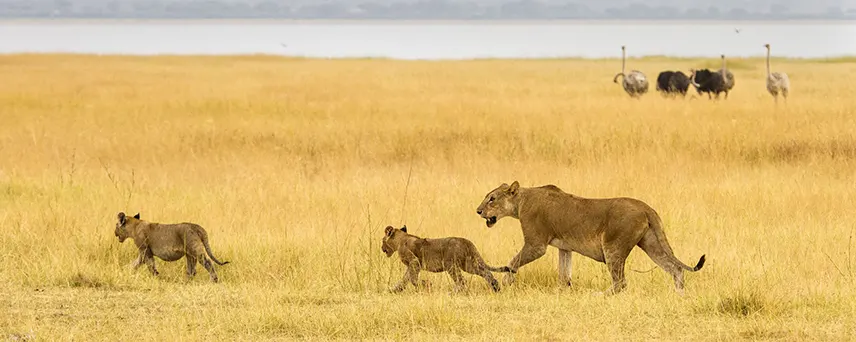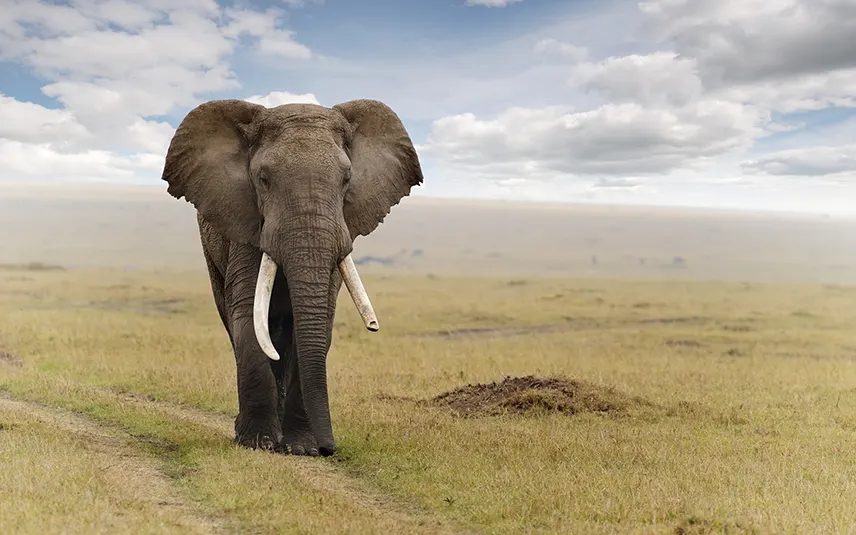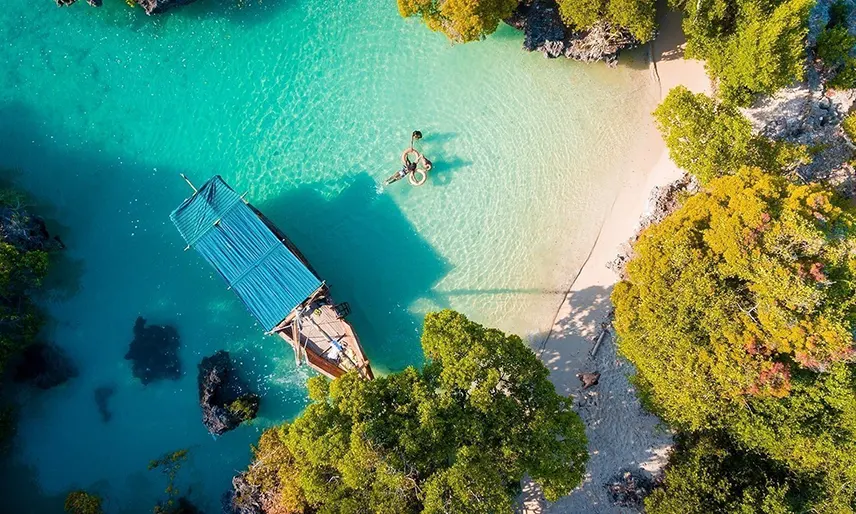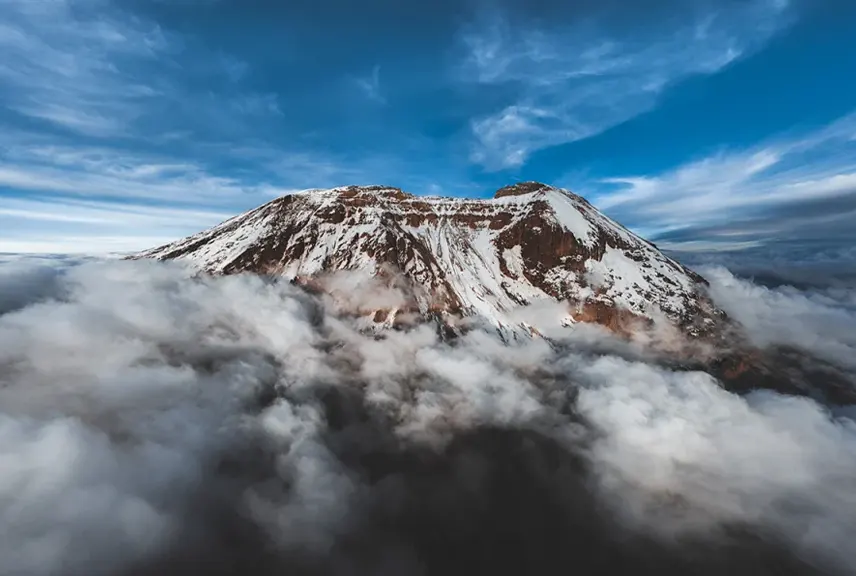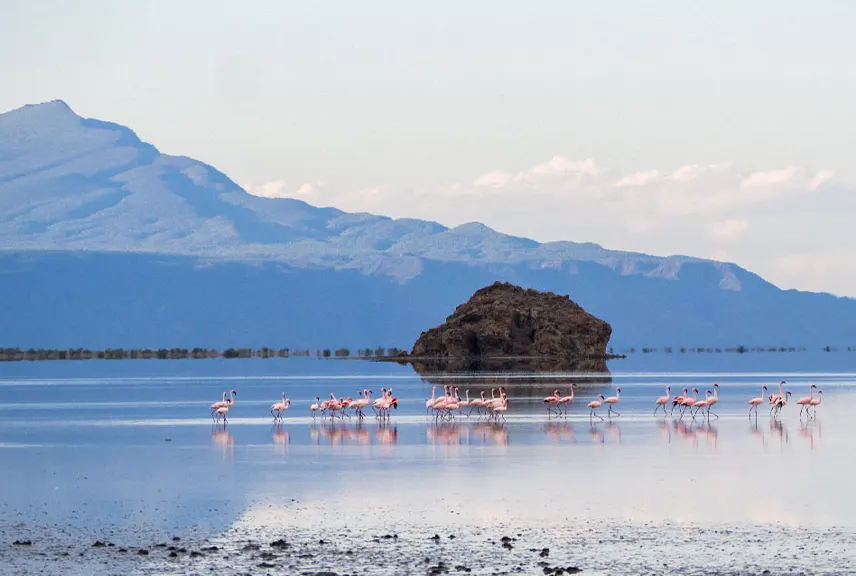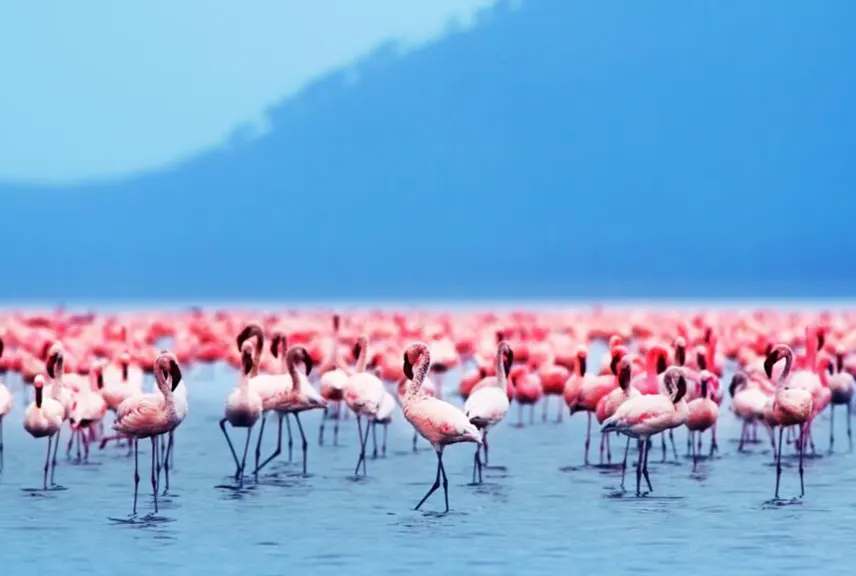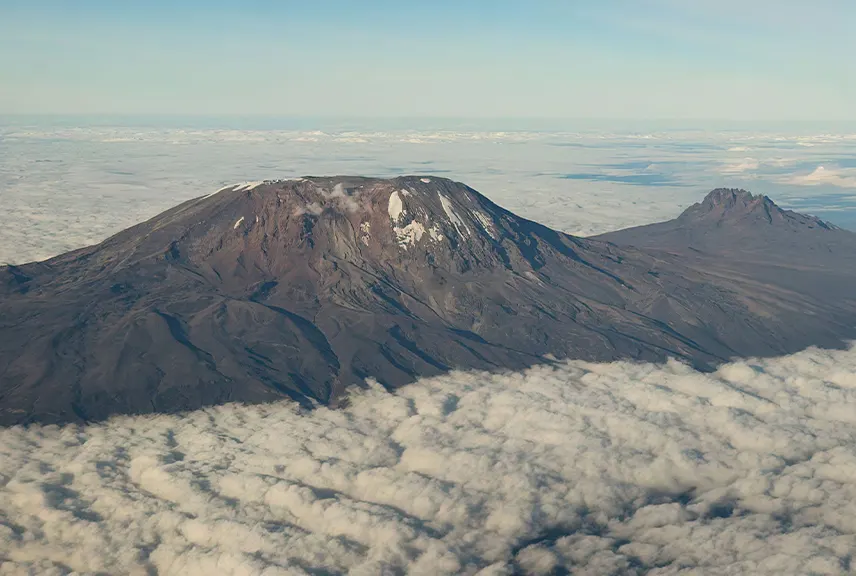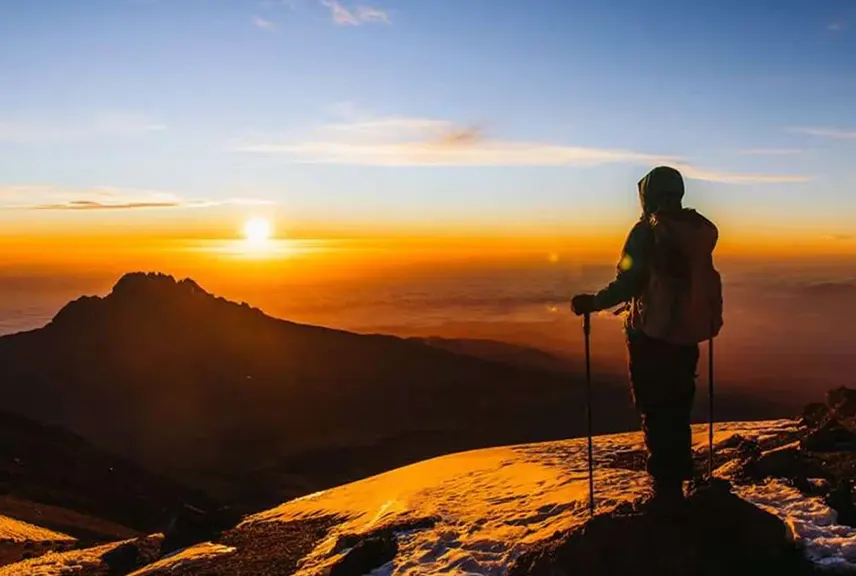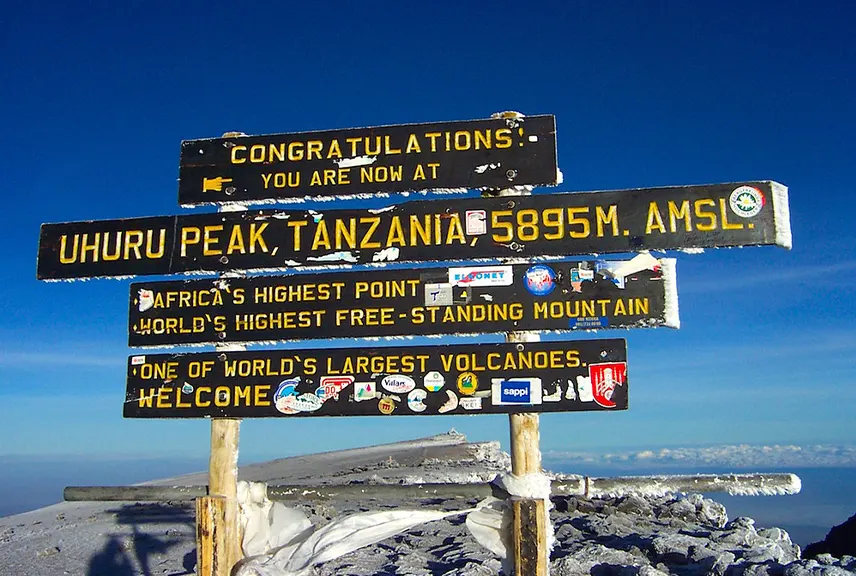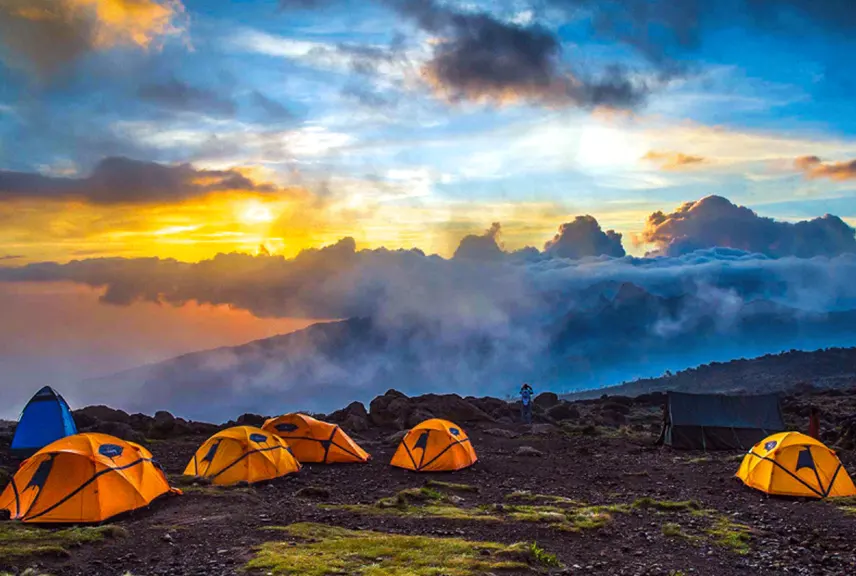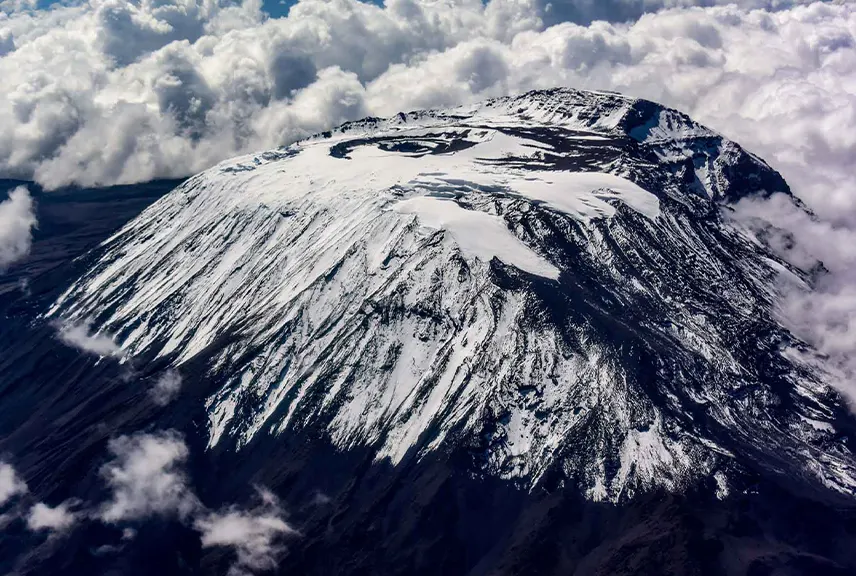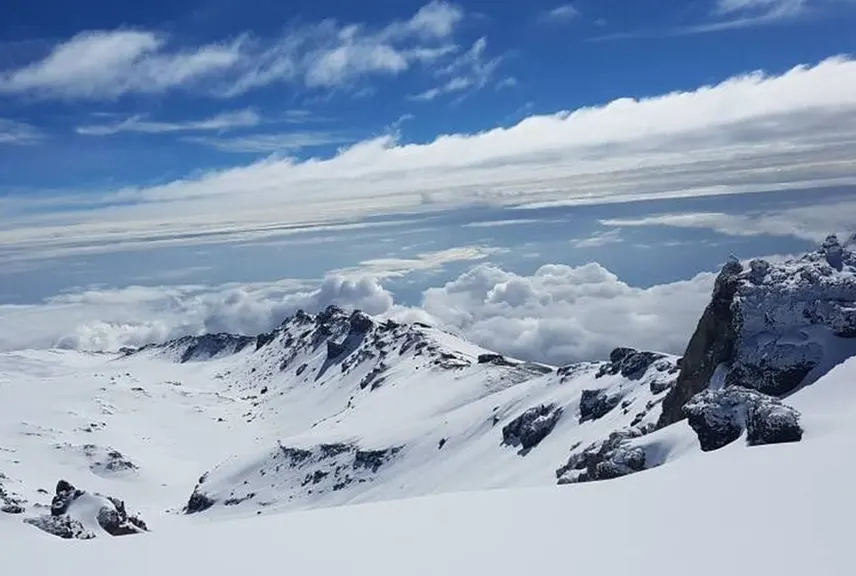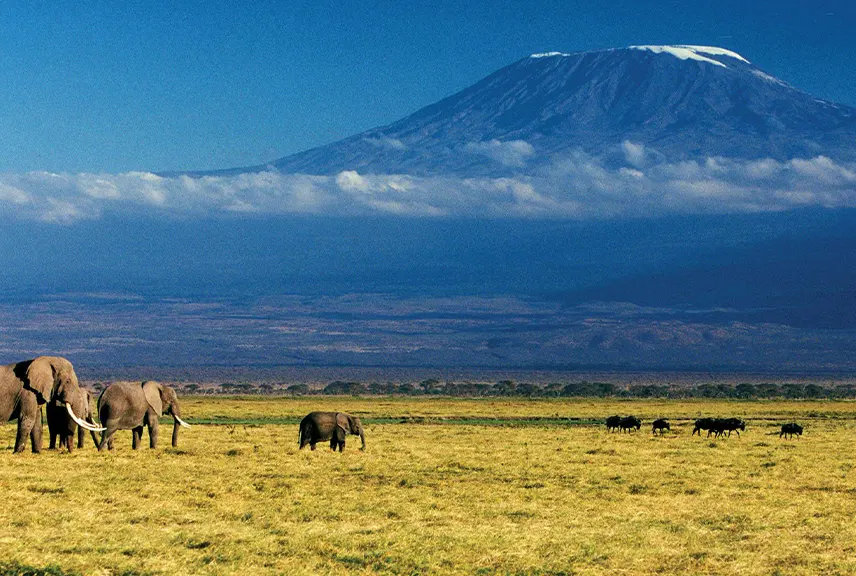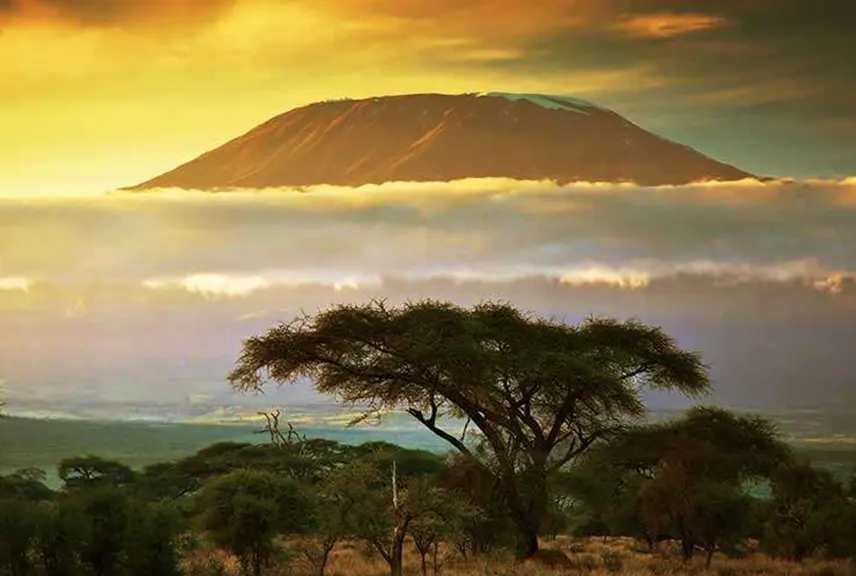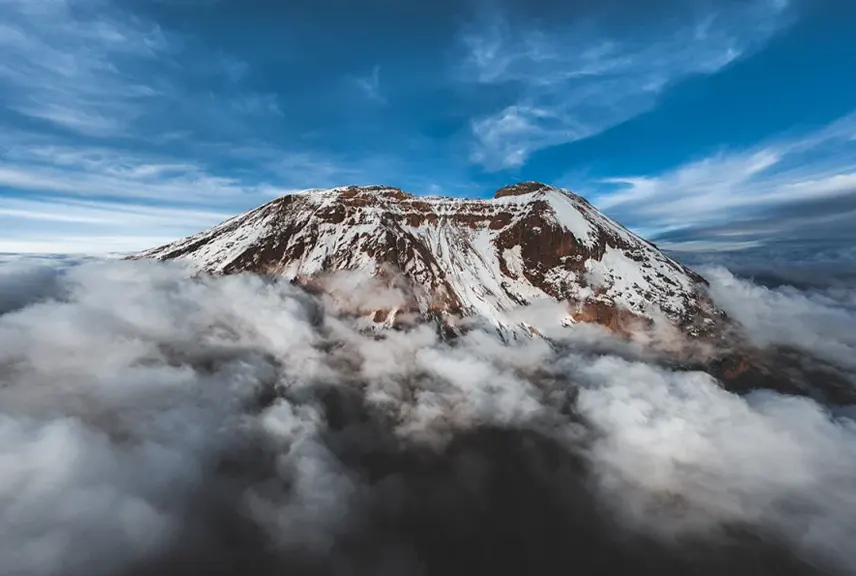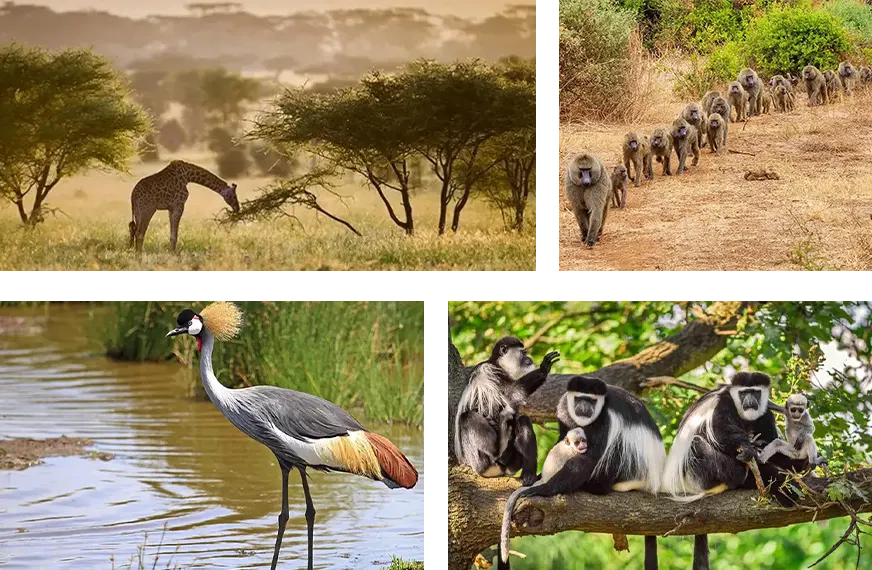Kilimanjaro National Park is one of the world’s most iconic destinations, attracting adventurers, nature enthusiasts, and culture seekers alike. Home to Mount Kilimanjaro—the highest freestanding mountain in the world—this UNESCO World Heritage Site offers an unrivaled mix of natural beauty, cultural richness, and thrilling activities. Whether you dream of summiting “the Roof of Africa,” exploring lush coffee plantations, or immersing yourself in Maasai traditions, Kilimanjaro has something for everyone.
This comprehensive guide will help you plan your 2024/2025 adventure, ensuring an unforgettable experience.
Getting to Kilimanjaro National Park: Your Gateway to Adventure
Air Travel:
Most visitors arrive via Kilimanjaro International Airport (JRO), located between Arusha and Moshi. It’s well-connected with flights from major hubs like Nairobi, Addis Ababa, and Amsterdam.
From the Airport to the Park:
From the airport, it’s a short drive to Moshi, the primary base for Kilimanjaro climbs. Shuttle buses, taxis, and private transfers are readily available.
Alternative Routes:
For those combining Kilimanjaro with other Tanzanian attractions, consider driving from Arusha or flying into smaller regional airports like Lake Manyara or Serengeti airstrips.
Discover the Maasai People and Their Rich Culture
The Maasai people are an integral part of Tanzania’s cultural fabric. Known for their vibrant clothing, intricate beadwork, and distinctive customs, the Maasai offer visitors a glimpse into their traditional way of life.
Key Experiences:
- Village Visits: Learn about the Maasai’s semi-nomadic lifestyle and participate in traditional dances.
- Craft Workshops: Explore their skillful beadwork and purchase authentic souvenirs.
- Storytelling Sessions: Hear tales of Maasai folklore and legends under the stars.
Majestic Mount Kilimanjaro: Conquer the Rooftop of Africa
Mount Kilimanjaro, rising 5,895 meters above sea level, is a dream for climbers worldwide. Its snow-capped summit and diverse ecosystems make it a bucket-list destination.
Popular Routes:
- Marangu Route: Known as the “Coca-Cola Route,” this is the easiest path, featuring huts for overnight stays.
- Machame Route: Also called the “Whiskey Route,” it’s more challenging but offers stunning scenery.
- Lemosho Route: Ideal for experienced climbers seeking solitude and a slower ascent.
Key Tips for Climbers:
- Prepare with proper gear, fitness training, and altitude sickness awareness.
- Book with reputable operators who prioritize safety and environmental conservation.
Serengeti National Park: Witness the Great Migration
Many visitors combine Kilimanjaro with a trip to Serengeti National Park, famous for the Great Migration. Witness millions of wildebeests and zebras making their annual trek in search of fresh grazing lands.
Best Times to Visit:
- June to September: Prime viewing for Mara River crossings.
- January to February: Calving season, with predator-prey interactions at their peak.
Travel Tip:
Arrange a multi-park safari to experience the best of Tanzania’s wildlife.
Lush Coffee Plantations: Delve into the World of Arabica Coffee
The fertile slopes of Mount Kilimanjaro are perfect for growing some of the world’s finest Arabica coffee.
What to Expect on Coffee Tours:
- Walkthrough lush plantations.
- Meet local farmers and learn about sustainable practices.
- Enjoy tastings of freshly brewed coffee paired with traditional Tanzanian snacks.
Visit Kilimanjaro National Park
The park offers more than just Kilimanjaro climbs. Its rich biodiversity and scenic beauty make it a must-visit destination.
Highlights:
- Shira Plateau: Perfect for day hikes and wildlife spotting.
- Mandara Huts: A great introduction to the mountain’s lower slopes.
- Wildlife Encounters: Spot colobus monkeys, bushbucks, and exotic bird species.
Adventure Sports and Outdoor Activities: Thrills and Tranquility
Beyond climbing, Kilimanjaro National Park offers activities for every thrill-seeker and nature lover.
Top Activities:
- Mountain Biking: Explore rugged trails with stunning views.
- Birdwatching: Observe endemic species like the Abbott’s starling.
- Paragliding: Experience the thrill of soaring over the breathtaking landscape.
Accommodation Options in Mount Kilimanjaro National Park: Where to Stay
From luxury lodges to budget-friendly camping, Kilimanjaro offers accommodations to suit every traveler.
Popular Choices:
- Luxury Lodges: Stay in style at Kilimanjaro View Lodge or Ngare Sero Mountain Lodge.
- Mid-Range Hotels: Enjoy comfort and affordability at places like Keys Hotel or Honey Badger Lodge.
- Campsites: For the adventurous, public campsites provide a close-to-nature experience.
Exploring Kilimanjaro National Park: Recommended Itineraries
One-Day Itinerary:
- Morning: Hike to the Shira Plateau.
- Afternoon: Visit a nearby coffee plantation.
- Evening: Return to Moshi for dinner.
Three-Day Itinerary:
- Day 1: Begin your trek via the Marangu Route.
- Day 2: Explore Mandara Huts and surrounding trails.
- Day 3: Descend and enjoy a cultural tour in a Maasai village.
Week-Long Itinerary:
- Combine a Kilimanjaro climb with Serengeti and Ngorongoro safaris.
Conclusion
Kilimanjaro National Park is more than just a destination—it’s a journey of discovery. From conquering Africa’s highest peak to immersing yourself in rich cultural experiences and exploring diverse landscapes, this remarkable region offers something for everyone. Start planning your 2024/2025 adventure today and experience the magic of Kilimanjaro.
FAQs
What is the best time to visit Kilimanjaro National Park?
The best time to visit is during the dry seasons: June to October and January to February.
How difficult is climbing Mount Kilimanjaro?
Climbing Kilimanjaro is challenging but manageable with proper preparation, even for beginners.
Do I need a guide to climb Mount Kilimanjaro?
Yes, Tanzanian law requires climbers to have a certified guide.
What should I pack for a Kilimanjaro trip?
Essentials include sturdy hiking boots, warm layers, sunscreen, and a good-quality backpack.
Are there any risks involved in climbing Kilimanjaro?
Altitude sickness is the most common risk. Acclimatize properly and follow your guide’s advice.
Can I visit Kilimanjaro National Park without climbing the mountain?
Absolutely! There are plenty of activities like hiking, wildlife viewing, and cultural tours.
